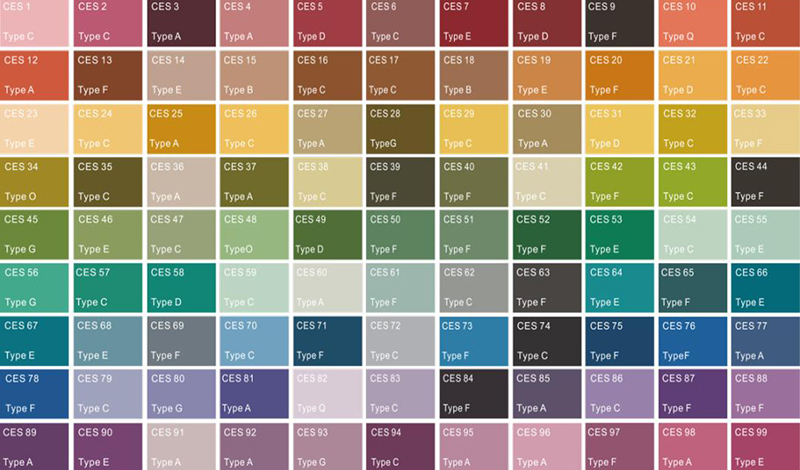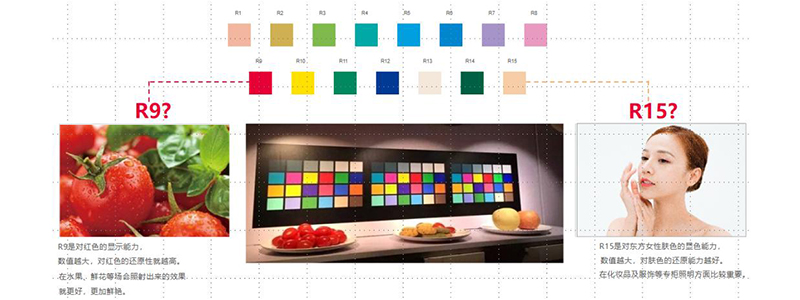LED industry is a national strategic emerging industry, and the LED light source is the most promising new light source in the 21st century, but because LED technology is still in the development stage of continuous maturity, the industry still has many questions about its light quality characteristics, this paper will combine theory with practice, analyze the current situation of LED and future development direction, promoting the healthy development of the LED industry.
LED industry’s development status and trends
a.From the perspective of the product cycle, LED lighting has entered a highly mature period.
At present, LED lighting, whether in the outdoor lighting, or commercial lighting field, are penetrating at an alarming rate.
But at this stage, the domestic light environment can be described as a mixed bag, low-end, low-quality LED lighting products can be seen everywhere. LED lighting is still stuck in the energy-saving, environmental protection and long life of the lamps. Therefore, this also leads to most LED lighting manufacturers to pursue high luminous efficiency and low cost competition, while ignoring the LED to human health and comfort and intelligent lighting aspects of higher-level applications.
b.Where is the future direction of the LED industry?
Light efficiency will continue to push up with technological innovation, which is the inevitable process of commodity development, in the era of LED-led lighting, because the light source has a variety of plasticity, the pursuit of light quality is also improving.
From an overall perspective, the LED industry is currently in a slow development stage, there is no more technological innovation leading to the industry involved in the price war, in the price war increasingly white-hot, forcing the market to quality, intelligent and other directions.
What is “light” with quality?
In the past, LED lamps that are bright, stable luminous efficiency, etc., is a good quality lamp. Nowadays, with the concept of green lighting and deeply rooted in people’s hearts, the standard of the definition of excellent light quality has changed.
a.The stage of winning by quantity has passed, and the era of winning by quality has come.
When we serve the North American customers, we found that their requirements for LED light quality are getting higher and higher. The North American Lighting Commission IES has clarified a new evaluation method TM-30 for the color rendering ability of light sources, proposing two new test indexes Rf and Rg, which fully indicates that international counterparts are pushing forward the light research of LED. Blue King will quickly introduce such evaluation methods into China, so that the people of China can fully enjoy the higher quality LED light source.
TM-30 compares 99 color samples, representing a variety of common colors that can be seen in life (from saturated to unsaturated, from light to dark)
TM-30 colorimetric chart
b.Only the pursuit of light quality LED lighting can bring comfort to users.
High-quality LED lighting products because of the focus on health, high-display, realistic lighting effects, for different products to choose the right color temperature, and lamps to have anti-glare requirements, control the blue light overflow hazards, with intelligent systems for lighting control, to meet the rich and varied intelligent control needs.
c.LED light decay
Unlike traditional luminaires that are prone to sudden failure to continue working, LED luminaires do not usually fail suddenly. With the LED working time, there will be light decay. LM-80 test is a method and indicator to evaluate the lumen maintenance rate of LED light source.
Through the LM-80 report, you can project the life of the LED, in the IES LM-80-08 standard Rated Lumen Maintenance Life; L70 (hours): indicates that the light source lumens decay to 70% of the initial lumens used time; L90 (hours): indicates that the light source lumens decay to 90% of the initial lumens used time.
d.High color rendering index
Color rendering index is an important method to evaluate the color rendering of light sources, and is also an important parameter to measure the color characteristics of artificial light sources, expressed by Ra/CRI.
Ra,R9 and R15
The general color rendering index Ra is the average of R1 to R8, and the color rendering index CRI is the average of RI-R14. We not only consider the general color rendering index Ra, but also pay attention to the special color rendering index R9 for saturated red, and the special color rendering index R9-R12 for red, yellow, green and blue saturated colors, we believe that these indicators really represent the quality LED light source, and for commercial lighting light source, only when these indicators have high values can guarantee the high color rendering of LED.
Usually, the higher the value, the closer to the color of sunlight, the closer to its original color the object being illuminated. LED lighting sources with high color rendering index are usually chosen in the lighting industry. The products provided by Blue View usually adopt CRI>95 according to the customer’s demand, which can truly restore the color of goods in the lighting, so as to achieve a pleasing to the eye and stimulate people’s shopping desire.
e.Dazzling Light
In 1984, the Illuminating Engineering Society of North America defined glare as the feeling of annoyance, discomfort or loss of visual performance in the visual field caused by illumination that is much greater than the eye can adapt to. According to the consequences, glare can be divided into discomfort glare, light-adapted glare and funereal glare.
LED is a large number of cylindrical or spherical package, due to the role of convex lens, it has a strong pointing, luminous intensity with different package shape and intensity dependent on the angular direction: located in the normal direction of the maximum light intensity, the angle of intersection with the horizontal plane for 90. when deviating from the normal direction of different θ angle, light intensity also changes. the characteristics of the point light source of LED. So that the LED light source characteristics have too high brightness and glare problems occur. Compared with incandescent lamps, fluorescent lamps, high-pressure sodium lamps and other traditional lamps, the fiber optic direction of LED lamps is too concentrated and prone to produce uncomfortable glare.
f.Blue light hazards
With the popularity of LED, LED blue light hazard or blue light spill has become a problem that all human beings have to face and solve, and in the luminaire industry is no exception.
The new EU general luminaire standard stipulates that if a luminaire including LED, metal halide lamps and some special tungsten halogen lamps that cannot be exempted from retinal hazard assessment should be evaluated according to IEC/EN62778:2012 “Photobiological safety of light sources and luminaires for blue light injury assessment applications”, and it is not appropriate to use light sources with blue light hazard groups greater than RG2.
In the future, we will see more and more companies, not only produce LED lighting products, and not focus on individual parameters of the product, but can think about how to improve the quality of light based on the value chain from production to the entire realization of demand. In the process of upgrading, lighting design capabilities, product customization capabilities, as well as the establishment and improvement of rapid response capabilities, is the challenge that companies must face.
Post time: Nov-09-2022







